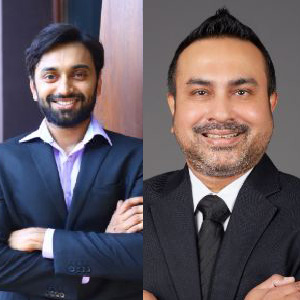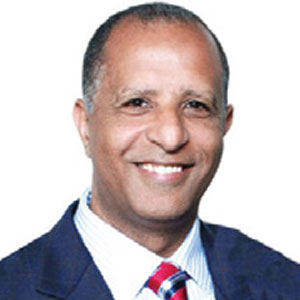THANK YOU FOR SUBSCRIBING

Lynn Gibson, CTO, Christus Health
When different people are approached about thoughts on Enterprise Asset Management (EAM), the responses can certainly have a wide range of reactions. There are those who see it as a financial tool while others may see it as an integral component of their life cycle management program. Then there is my favorite, “Keeps me from going to jail” response, as it is a view of compliance. Regardless of your perspective, having an EAM is becoming a vital necessity as the number of devices is accelerating in our growing digital world.
An EAM can span across several platforms and serve a number of different purposes. The organizational goal of a successful EAM strategy will dictate the type of EAM tool set you will want to acquire. It is important to qualify the difference and need to understand the approaches to hardware and software asset management. It is common for an organization to rely on its financial division to manage the hardware assets as part of the company’s balance sheet. However, a number of important assets may not be covered under the capital polices, but will require tracking, monitoring and life cycle management. For example, the price of desktop computing has dropped significantly over the past several years. Consequently, a device may no longer be considered capital. However, there may be reasons such as regulatory requirements, the device must be monitored for encryption and tracked for its appropriate use and disposal.
Some organizations found themselves at the bad end of a software license issue and started their strategy with a Software Asset Management (SAM) tool on premise. Such tools allow you to manage licenses purchased and distributed within the organization. As a part of the tool, some have a scanning function, which can be a great assistance with annual true-up licensing that might need to occur. Yet most of these types of tools provide little value when it comes to tracking the utilization of cloud-based services. With software-as-a-service (SaaS) technology and more vendors offering cloud services, the ability to insure proper tracking of your software assets is growing more complex and requires a different set of tools and potentially skill sets in your organization.
A slightly more sophisticated SAM tool may be able to track the actual assignment of the license but most rely on the existence of a strong hardware asset management (HAM) tool to provide the assignments. The aggregate of this information can then be compared to the SAM data to provide a compliance report. As the number of Internet of Things (IoT) endpoints begins to appear in organizations, having a strong HAM process will provide some protection for compliance audits from software vendors. According to Gartner, they are projecting the IoT to have an annual growth rate of 33 percent through 2020. This will become a potential number of endpoints to over 20 billion units. Now as an organization, you may not be anywhere near that number, but you will still be held accountable for the devices inside your organization being used for business purposes. You should ask yourself, “How comfortable am I that I know what is connecting to my environment, holding my company’s data, and using authorized licenses that follow the end user legal agreement?”
As the number of IoT endpoints begins to appear in organizations, having a strong ham process will provide some protection for compliance audits from software vendors
As more and more assets sit on a corporate set of books to be tracked and depreciated, having a strong SAM and HAM program can be a great value to ensure accurate reporting and even remove old and retired equipment. This should be part of any life cycle style program, but in this age of getting more out of every investment, the wise manager recognizes this opportunity to improve their balance sheet.
When implementing any tool or process, there are always pitfalls you must be mindful to avoid. A good SAM or HAM program is only as strong as the government it supports. Know what your objectives are going to be. Most organizations who install a SAM want to reduce the risk of being out of license compliance. A few others may be focusing on cost savings. The tool selection and its processes setup during implementation will determine how successful the program will become. Of course, there is always my favorite in that if a regulatory agency comes knocking at your door, you have a set of tools which can keep you from wearing orange or bold black stripes.
There are several tools available in the market for asset management. There are some designed to support cloud-based assets but most are offerings designed over generations of releases rooted in on-premise asset tracking. Just because the EAM may be offered in the cloud does not mean it is designed to track assets in the cloud. The opposite is just as true. You need to look closely at the architecture being offered and ensure they meet your requirements in service, security, and technical performance.
As a closing thought, a big challenge with many of the tools today is the lack of a master record. The lack of a master record opens the potential for duplicate records. In order to manage duplicate records, additional manual intervention will be required and at any point, data quality would be the suspect. Duplicate records can lead to a potential of false compliance reporting.
Every good EAM will always incorporate some basic components: acquire, assign, monitor, maintain, review, dispose, and replace. What is your EAM strategy focus and is it what you wish it to be in the coming years? Does it meet the basic needs and if so, does it meet the needs of your company over the next five years? When you can answer these questions comfortably, you will have a good program.













